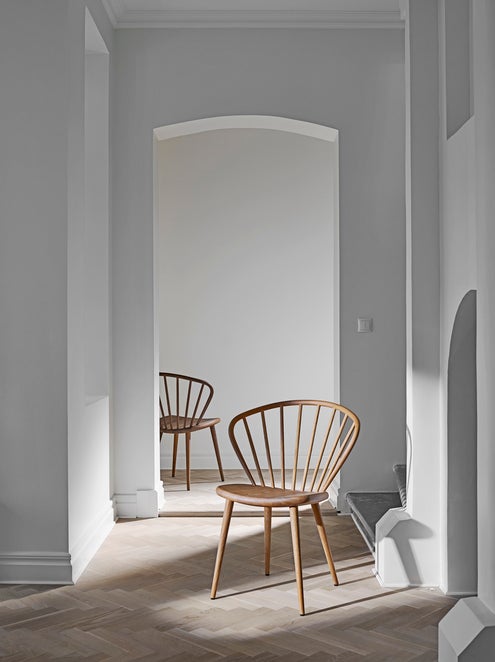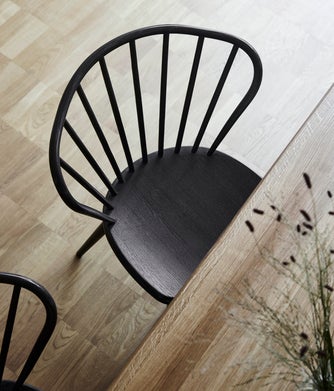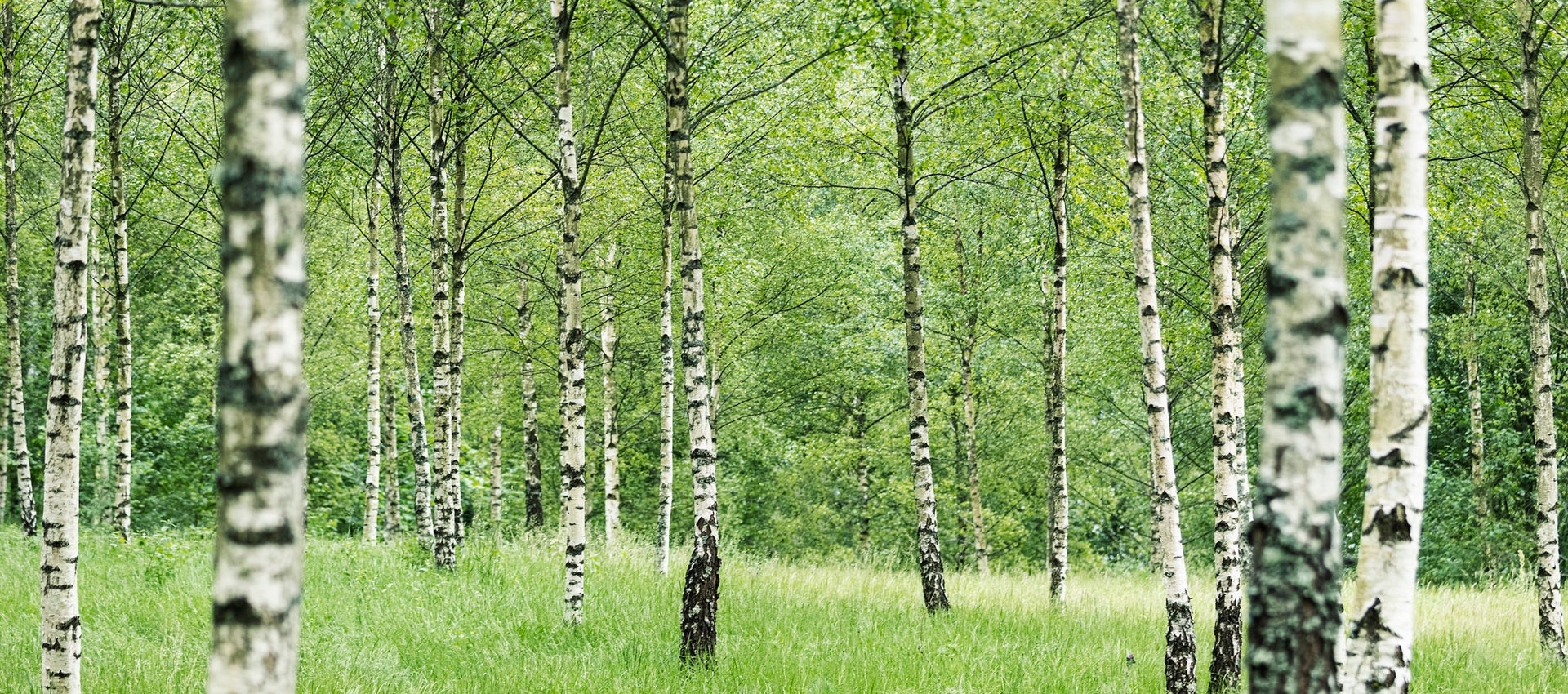Link Easy chair | Oak
Dan Ihreborn
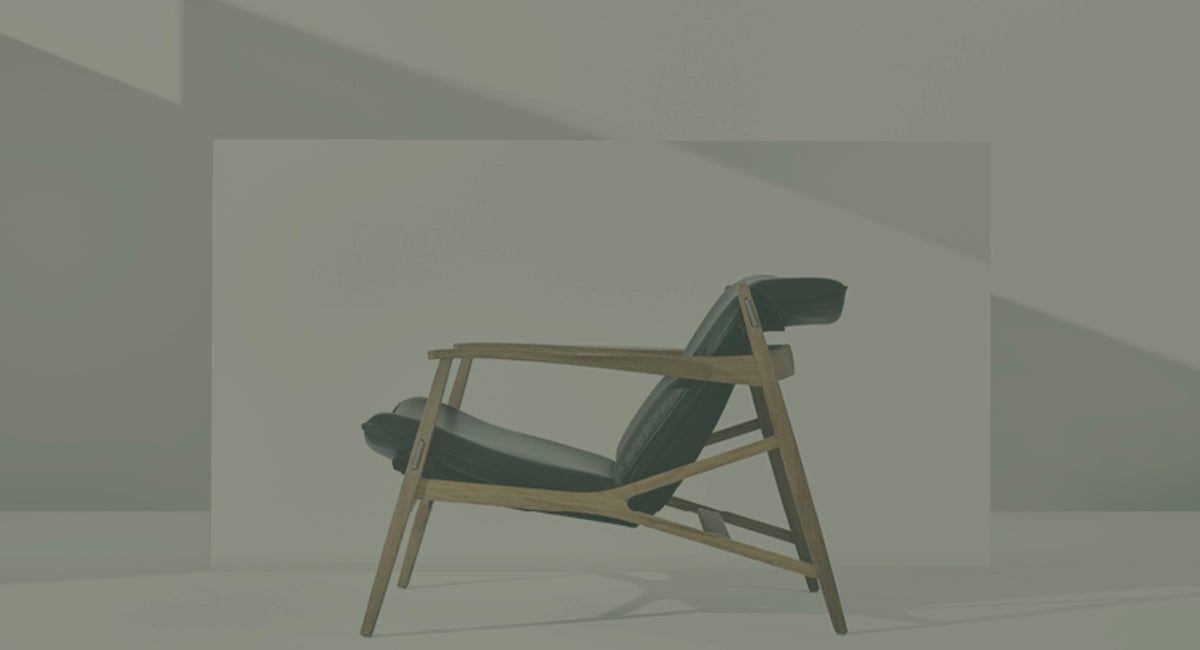
We want our language of design to be recognisable, with solid wood often assuming the leading role, but where meticulous attention to detail also plays its own crucial part in the enduring sensation of quality. This extends even to the backs of our furnishings, which is where the difference between furniture and furniture is frequently revealed.
We aim to be perceived as staying true to style without being predictable. Timeless, yet with a contemporary touch. We feel confident about what we can do and where we want to go: the rest is a matter of collaboration with external designers, each of whom has his or her own individual interpretation of Stolab design.
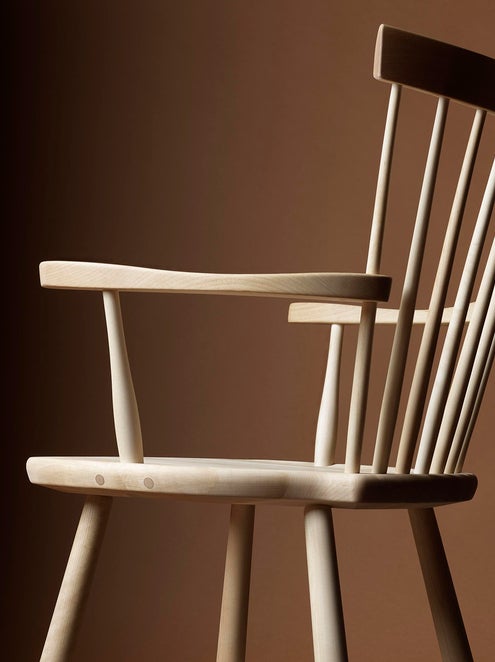
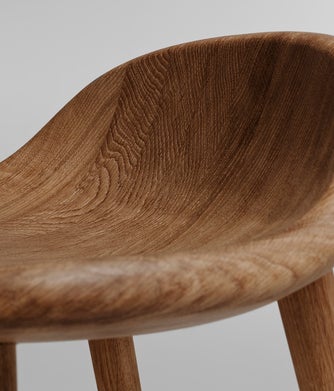
Today several of the furniture designs in our range can rightly be regarded as classics. Some were created decades ago by renowned furniture designers with whom we have been privileged to work. Others are contemporary classics, created together with designers with whom we still enjoy the privilege of working. Classics, regardless of their age, are at home in all sorts of different settings, modern and traditional alike. And they are widely loved. We are immensely proud of being able to manufacture these classic furnishings here at Stolab. Working with today’s designers to create tomorrow’s classics is what motivates us to do what we do. But it’s a task that takes time, and it must be allowed to take the time it needs. Not infrequently we are forced to start anew, or maybe to take a few steps back in the process before we feel that we have found what we are looking for. The physical proximity between design, production and prototype development is essential if we are to be able to work efficiently and produce the very best result at every stage of the process.

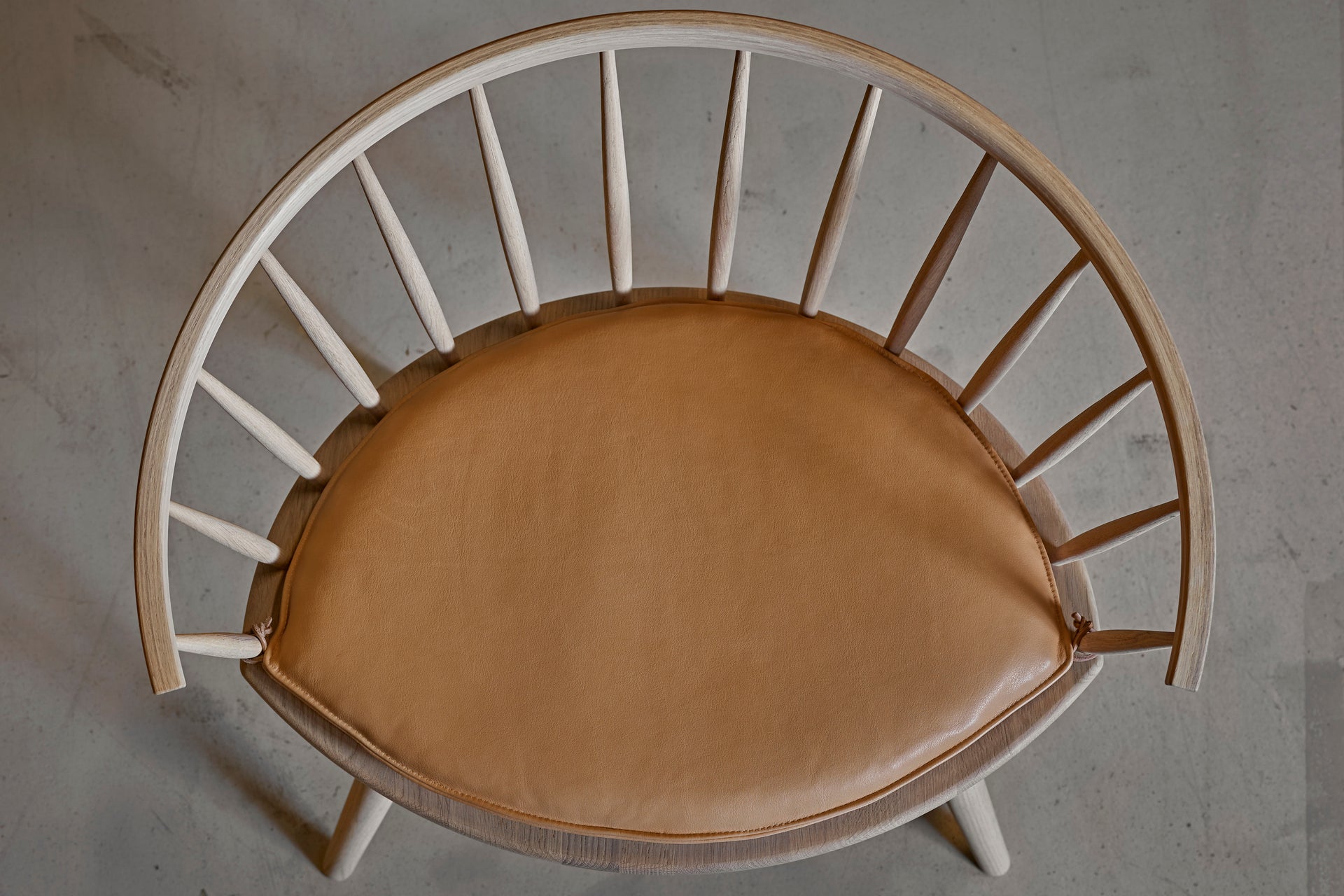

Our classics also have a story to tell. This further strengthens the identity and the soul of a piece of furniture. Because that’s how those of us who are passionate about making furniture think and work. We work with living materials, and we work with people and for people in a time of change, where everything sooner or later becomes history. Yet we remain firmly convinced that the enduring value of our classics can foster a sense of security and serve as a link between what is and what has been.
“When you talk about classic furnishings, it always makes sense to weave the historical aspect into the story. That’s because every classic is part of a process of historical evolution. Take the chair, for example. To start with, its purpose was not purely practical. A chair was a symbol of power and authority, a throne reserved for those in the higher echelons of society. It wasn’t until the 1600s that it began to take the shape of what we now call a chair. Even so, chairs with backrests were initially reserved for use only by certain people – a clear signal of the status these people held in society. Only in the 1800s did the chair we now call the stick-back take its place in the homes of the masses.”

What constitutes a classic? “A classic item of furniture is one that outlives fleeting fads and fashions – one that continues to inspire and impress generation after generation. But classics are also products of their times, reflecting the cultural preferences and historical conditions of the days when they were created. This historical perspective is important if we are to understand where we have come from, why society looks the way it does, and how it can develop in the future.” Tomorrow’s classics. Who decides? “No one can predict in advance what will be a classic: time alone can do that. If we put aside iconic designs and concentrate instead on more functional items of furniture that have become classics, the common denominator they share is often a harmony of form that has a wide appeal. They are beautiful at the same time as they work well within their context. It must be possible to produce them in a fairly rational way, so that they can be made widely available over an extended period of time. Of course, the context in which they are seen also plays an important role. There are many examples of furnishings, not least chairs, that have become well-known because they have featured in a setting which, for one reason or another, has attracted a great deal of attention.”
“No one can predict in advance what will be a classic: time alone can do that. If we put aside iconic designs and concentrate instead on more functional items of furniture that have become classics, the common denominator they share is often a harmony of form that has a wide appeal. They are beautiful at the same time as they work well within their context. It must be possible to produce them in a fairly rational way, so that they can be made widely available over an extended period of time. Of course, the context in which they are seen also plays an important role. There are many examples of furnishings, not least chairs, that have become well-known because they have featured in a setting which, for one reason or another, has attracted a great deal of attention.”
“As a designer, you must always add something new: a feature of some sort that attracts attention. When I began to sketch my ideas for Stolab’s Miss Holly chair, I based my design on the classic stick-back, but I made the look more elegant by giving the chair a generous backrest and more graceful lines. Together these create a more three-dimensional impression. I wanted to move the stick-back out of the kitchen and into the living room. It’s a relatively complicated chair to manufacture, which means that it’s not an easy design to copy. That, too, is one aspect that is well worth considering.”
